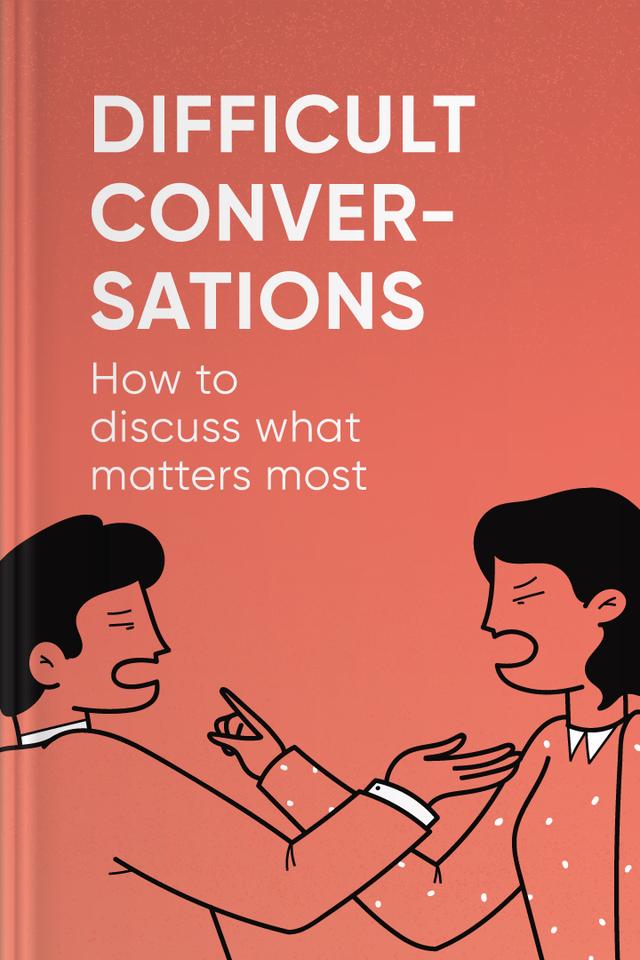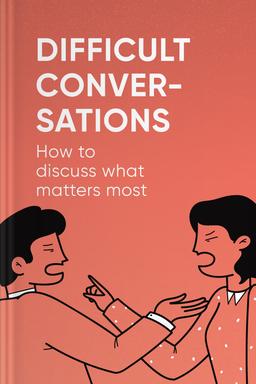You’ll learn
- How to turn conflicts into constructive dialogues
- Ways to decode the structure of tough talks
- Secrets to managing emotions in disputes
- About the role of self-image in communication
russia has launched a full-scale war in Ukraine. Donate to support Ukraine and protect the world’s peace.

first KEY POINT
While describing difficult discussions as an everyday challenge, the authors likened uncomfortable conversations to holding a hand grenade. If you are too scared to hurt other people’s feelings, you could hold on to an unpinned grenade. Alternatively, you could throw it tactfully or emotionlessly without remorse. Regardless of the way you choose to go about this, casualties are inevitable.
However, if you look closely at every ugly experience you have had while engaging in a difficult conversation, like requesting for a pay rise, taking your children out of their stance to do the complete opposite of your instructions, firing an employee, and so on, you will discover that they all obey the same structure. Decoding this structure is vital to how much control you have in these situations.
In this guide, you will see the three conversations embedded in every difficult conversation.• The first, which is the “what happened conversation,” relates to the initial bickering by the opposing parties on the true source of the disagreement. Here, there is an intense or subtle discussion on what could have been done better, who is to blame, what is the hidden truth in every word spoken.
• The second conversation is “the feelings conversation,” where we dissect our true feelings, decide to hide them, confront them, or expose them.
• The identity conversation, which is the last, is an internal debate on the consequences of the disagreement or the outcome of the difficult discussion. In this stage, we examine the impacts of our words and reactions and those of the second party on our image, future, and well-being.Difficult Conversations will help you become more relaxed and knowledgeable in terms of speaking to people. Everybody should have a chance to build strong relationships with others and be able to communicate all ideas and opinions without fear of being confronted. This summary is your opportunity to become a conversation master who makes people understand your words.
second KEY POINT
Arguing in itself is not the problem, as every human has a unique way of seeing things. From time to time, there is no way our ideas won’t clash with others — we argue over the best place to shop, the best movie, or the right color to paint the room.However, arguments in complicated conversations come with anxiety, fear, anger, and resentment because the argument resonates with topics into which we have invested a chunk of our emotions. You get spooked by the mere fact that people are blind to the truth of your argument.You ask: why is John or Sarah hell-bent on doing or believing the wrong thing? You tag these people as selfish, stubborn, irrational, and controlling because they choose to contradict what you have come to see as the truth.

Continue reading with Headway app
Continue readingfirst KEY POINT
second KEY POINT
third KEY POINT
fourth KEY POINT
fifth KEY POINT
sixth KEY POINT